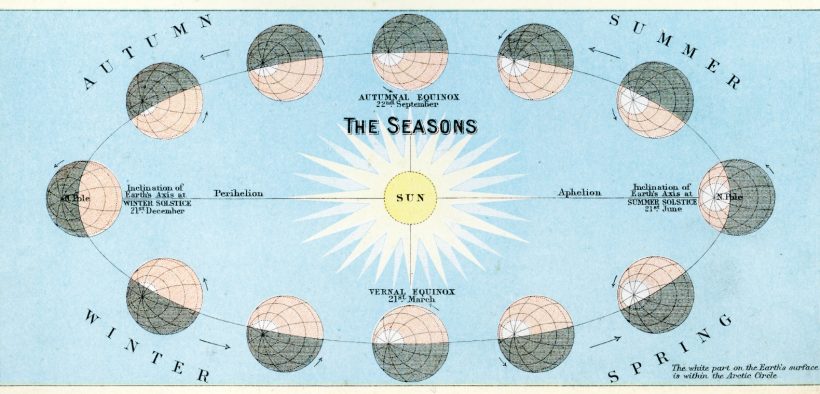If you’ve got 20 minutes, I’ve got a video that will change the way you think about teaching. It’s aimed at K–12 educators, was released in 1987, and explores basic concepts in astrophysics. But don’t let any of that deter you. The topic is timeless and applicable to all fields. I’m confident the video will rock your universe.
When What We Think We Know Prevents Learning

Related Articles
I have two loves: teaching and learning. Although I love them for different reasons, I’ve been passionate about...
Active learning is a mostly meaningless educational buzzword. It’s a feel-good, intuitively popular term that indicates concern for...
Perhaps the earliest introduction a student has with a course is the syllabus as it’s generally the first...
Generative AI allows instructors to create interactive, self-directed review activities for their courses. The beauty of these activities...
I’ve often felt that a teacher’s life is suspended, Janus-like, between past experiences and future hopes; it’s only...
I teach first-year writing at a small liberal arts college, and on the first day of class, I...
Proponents of rubrics champion them as a means of ensuring consistency in grading, not only between students within...







